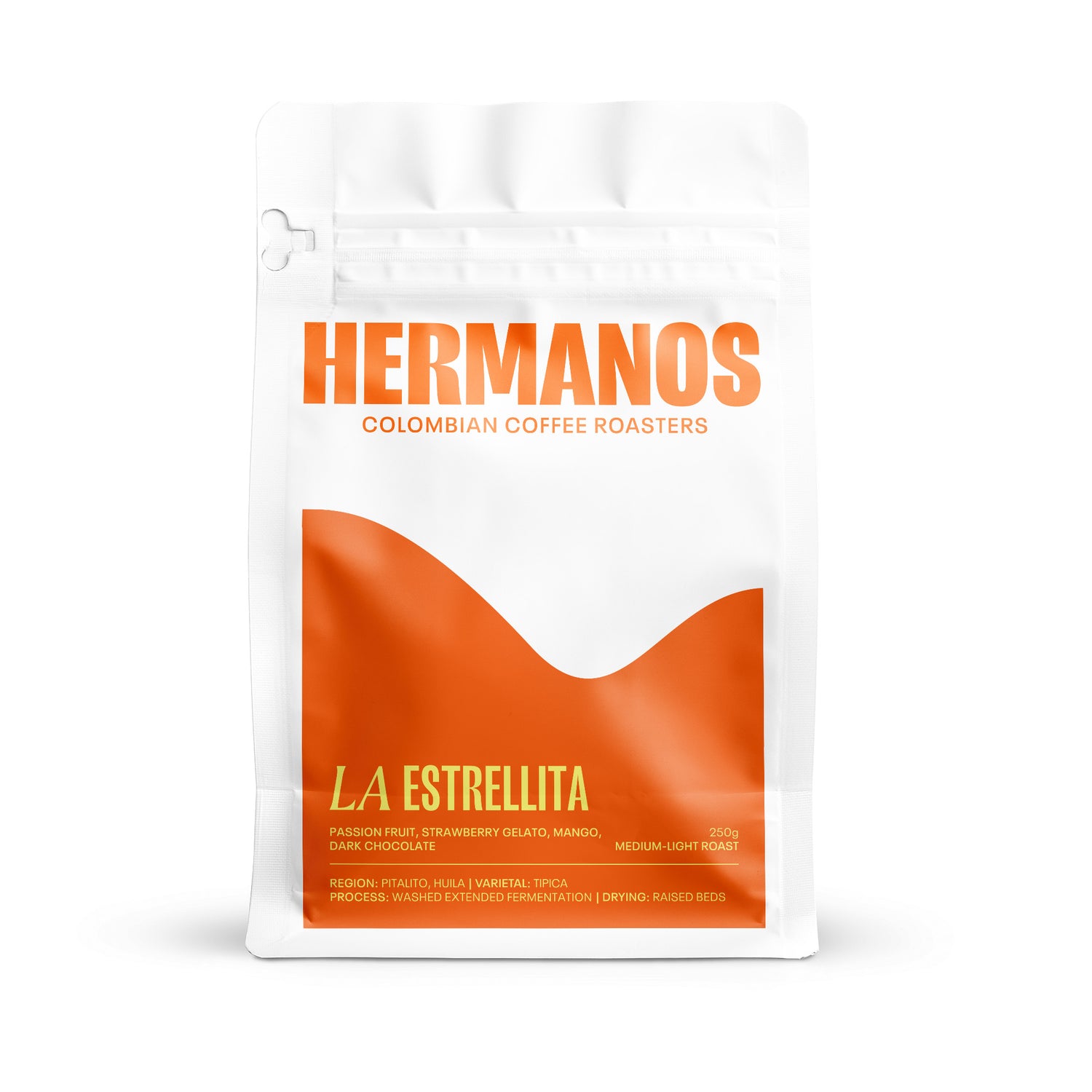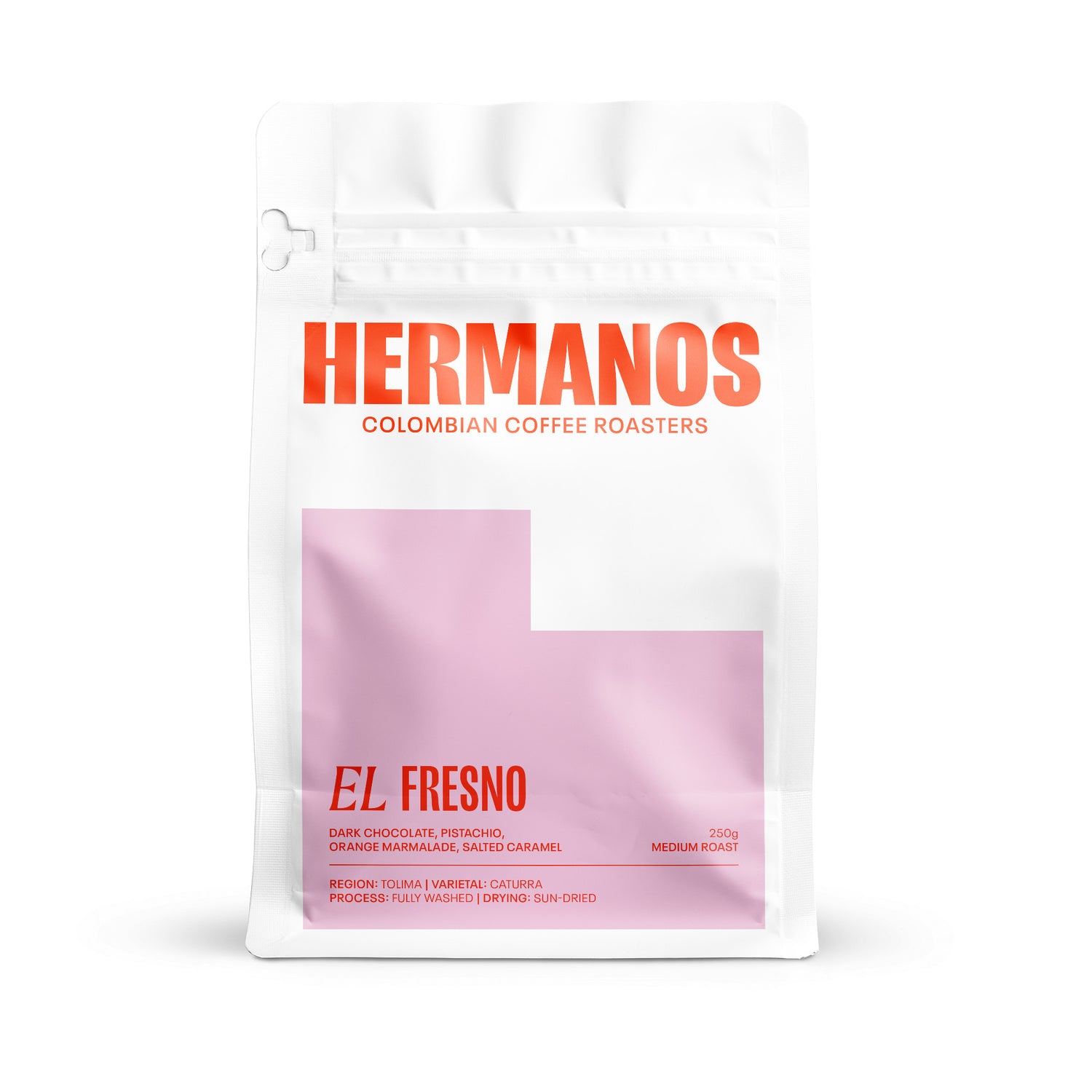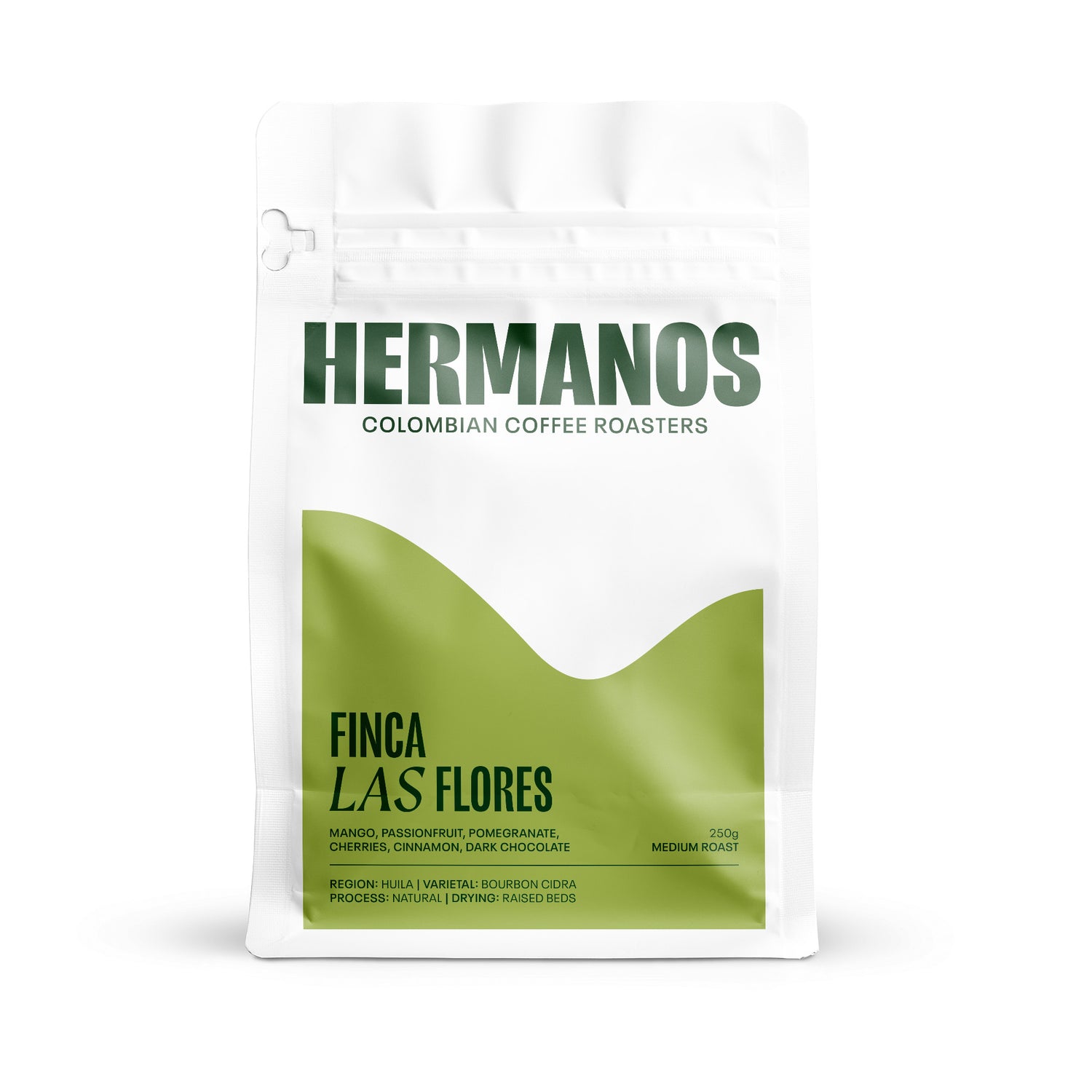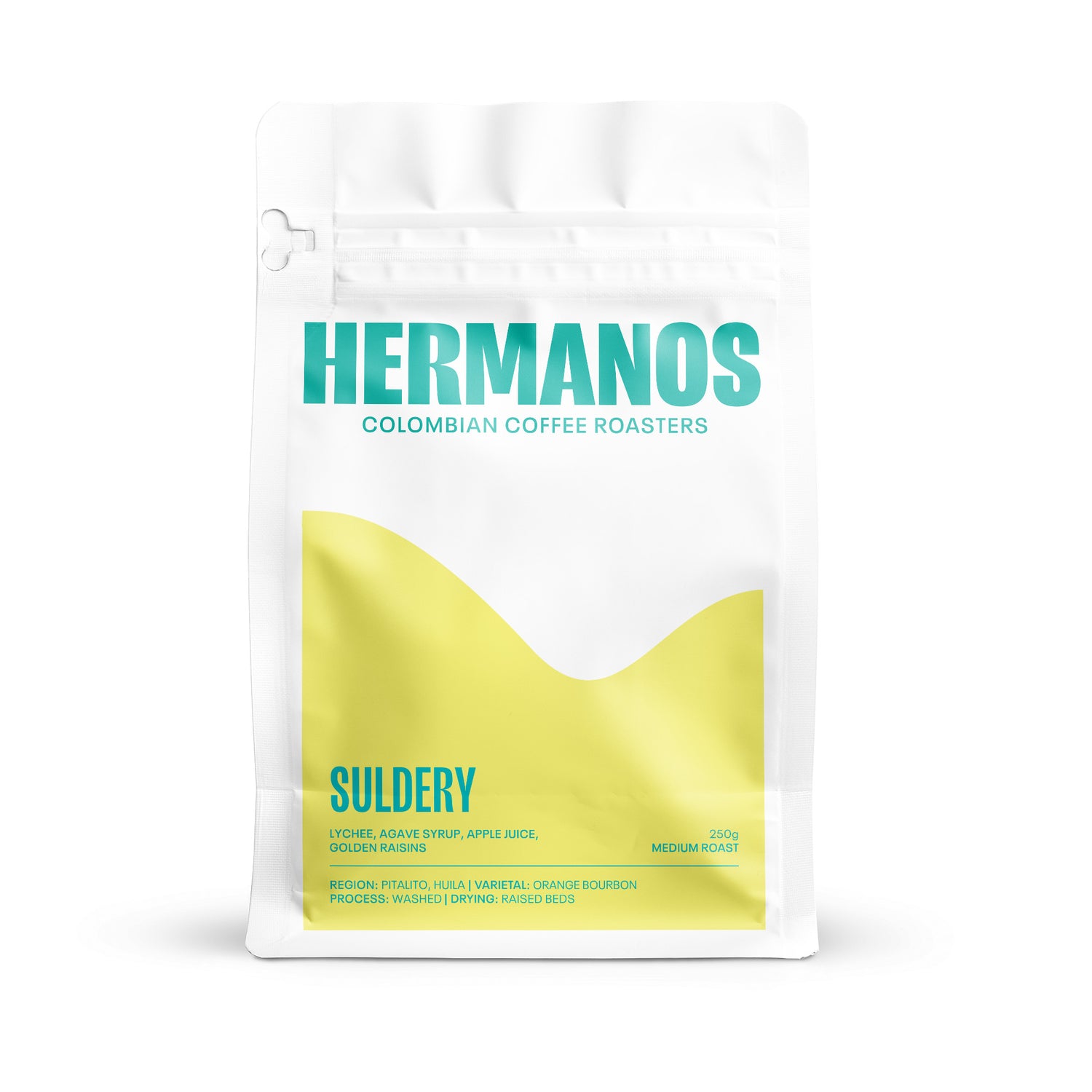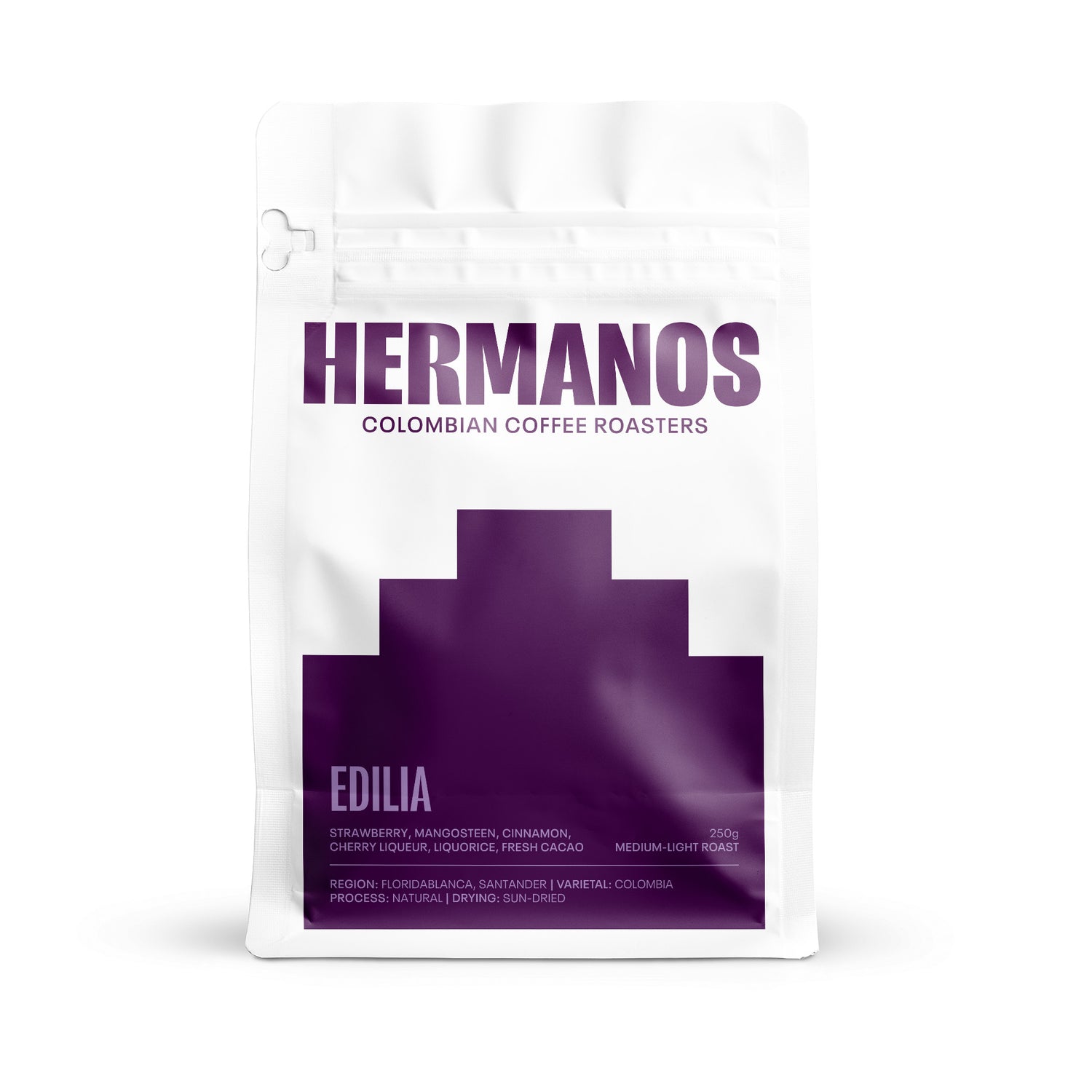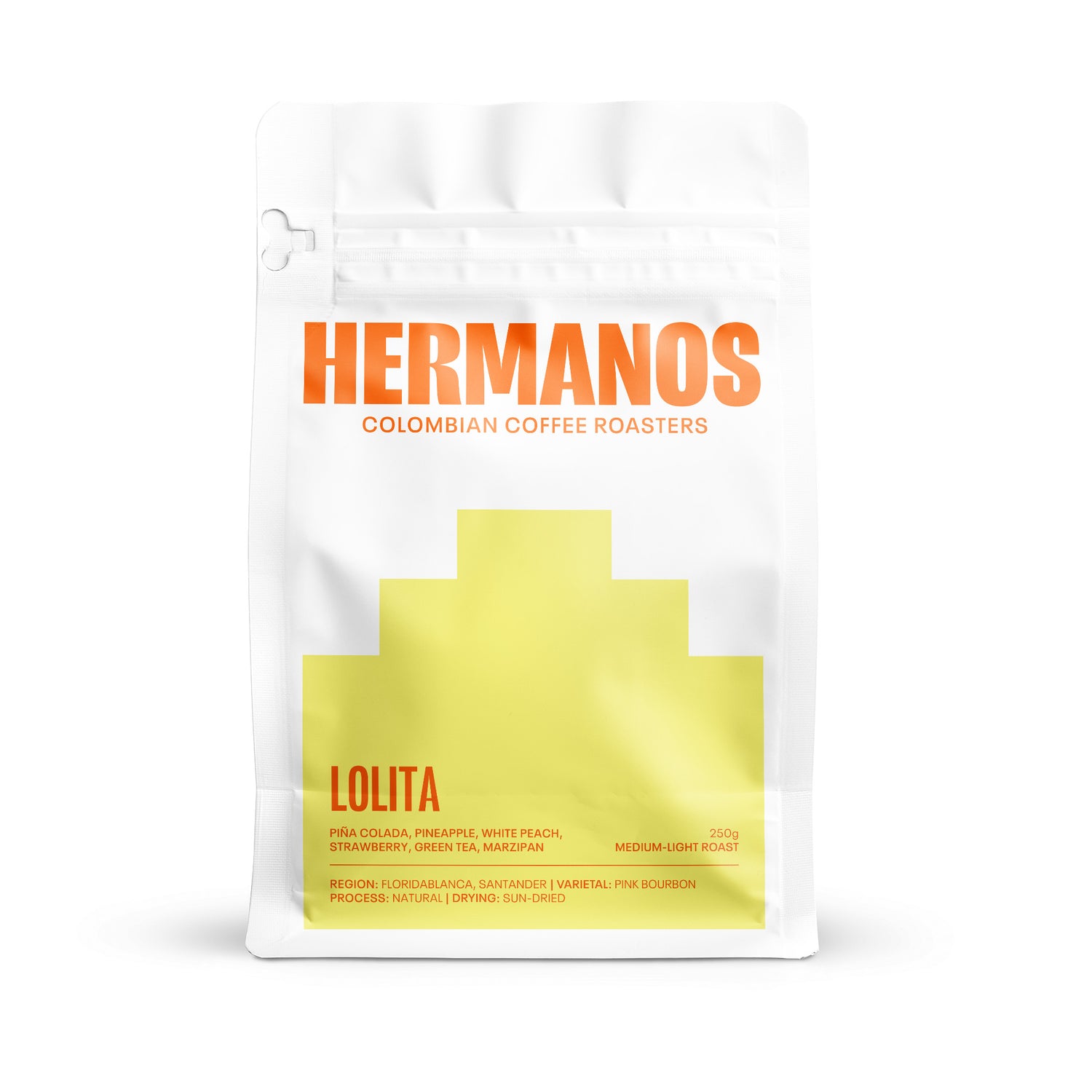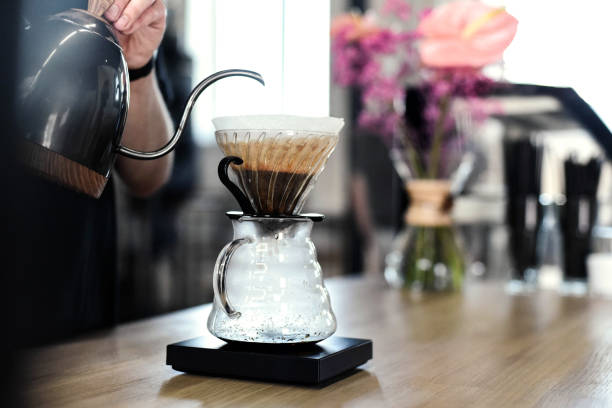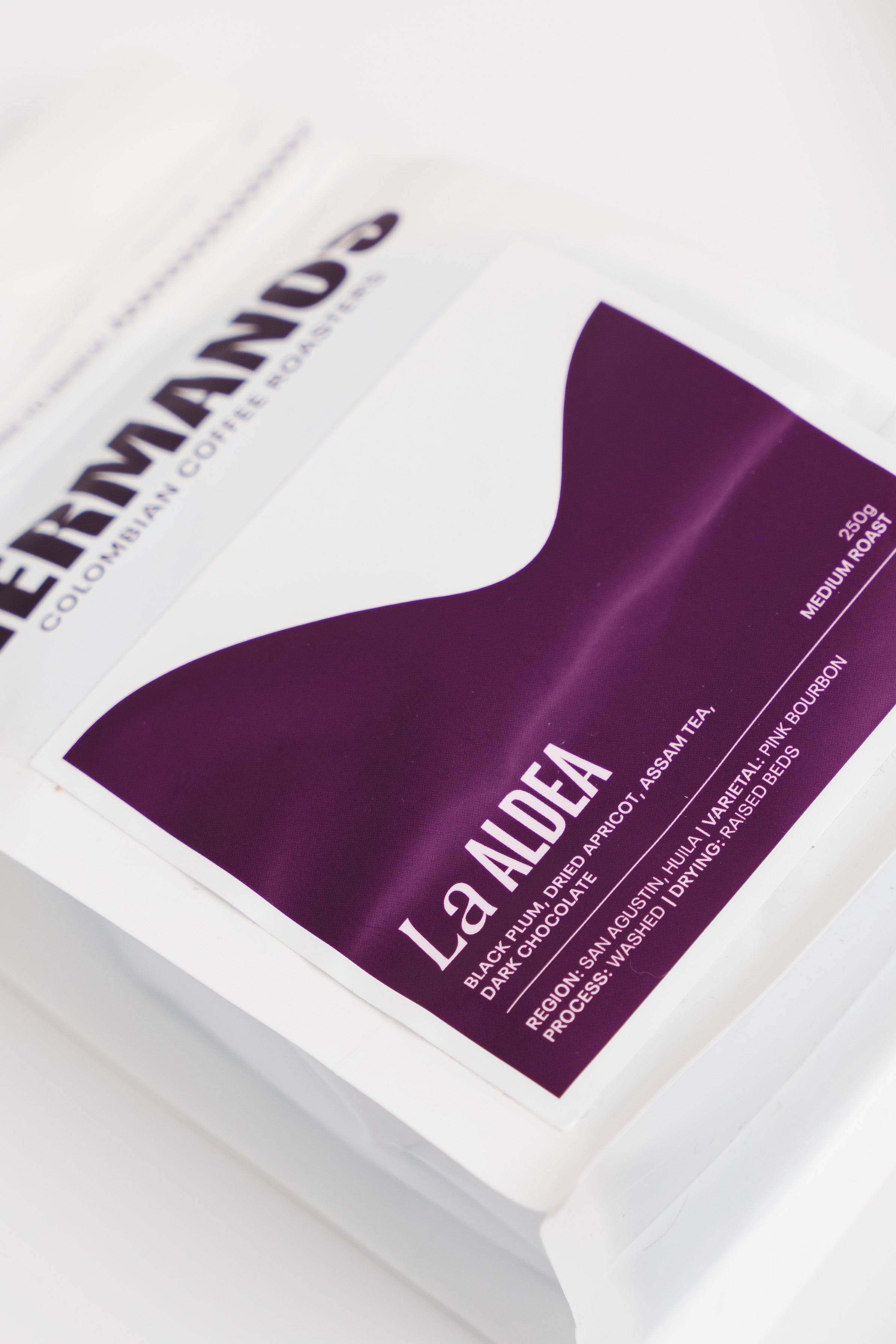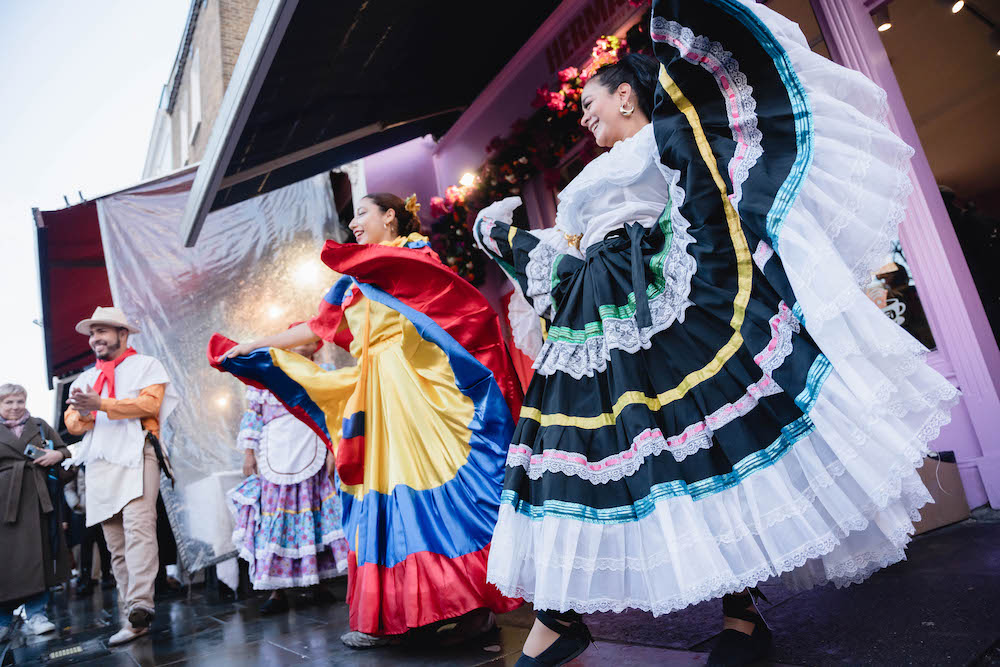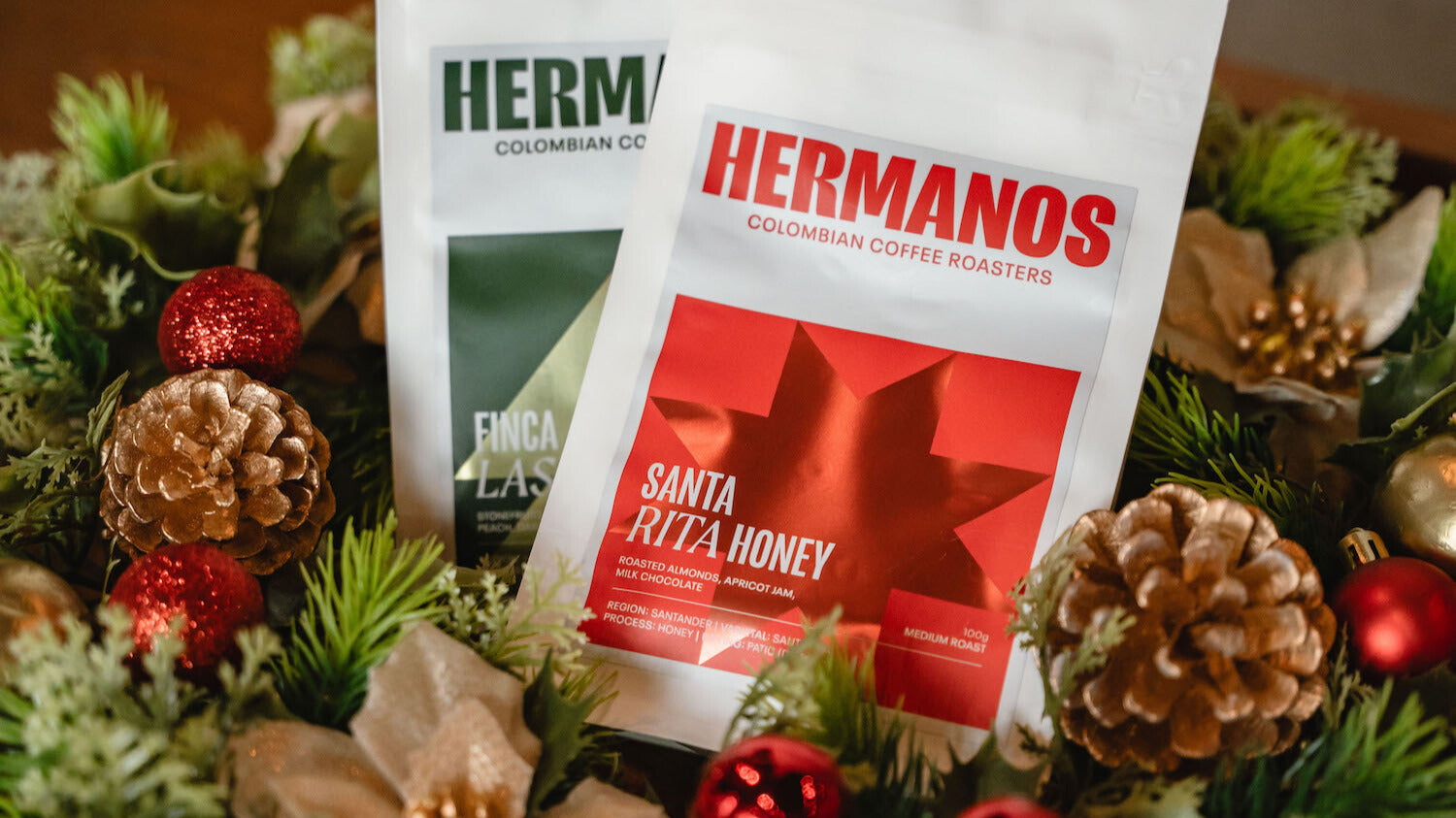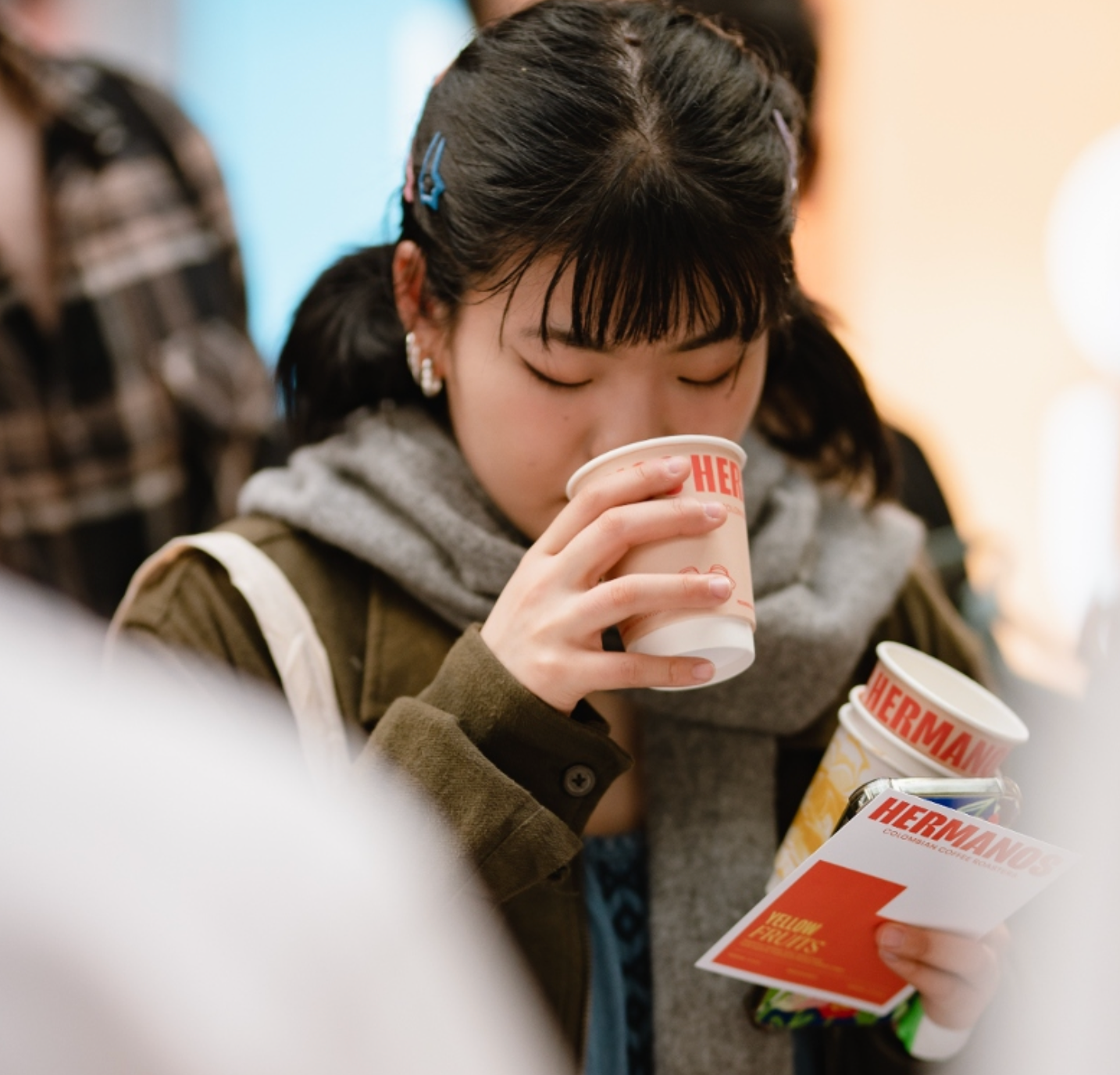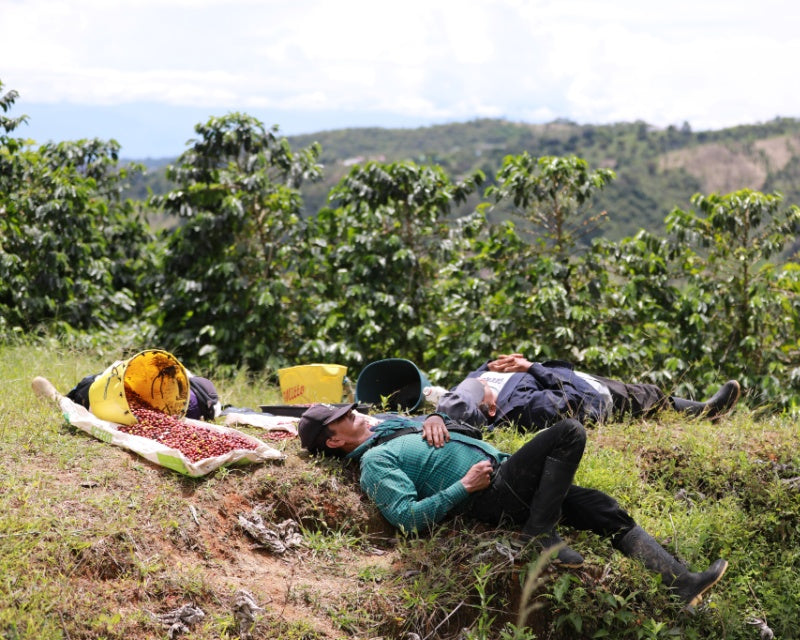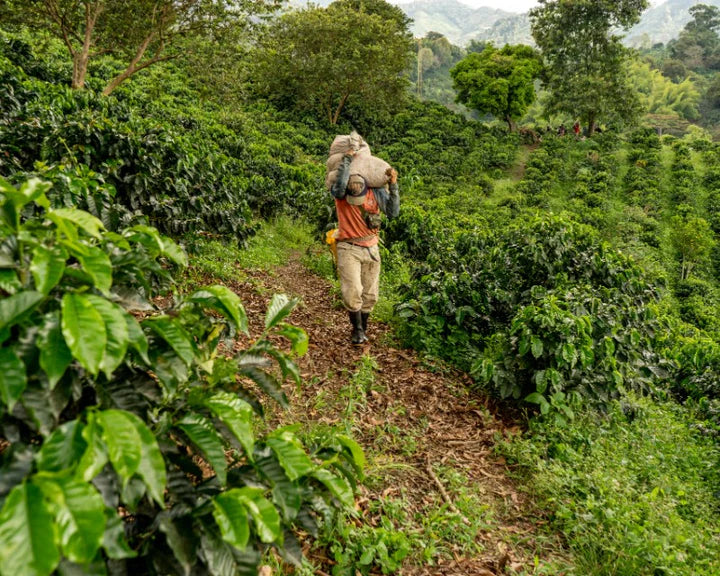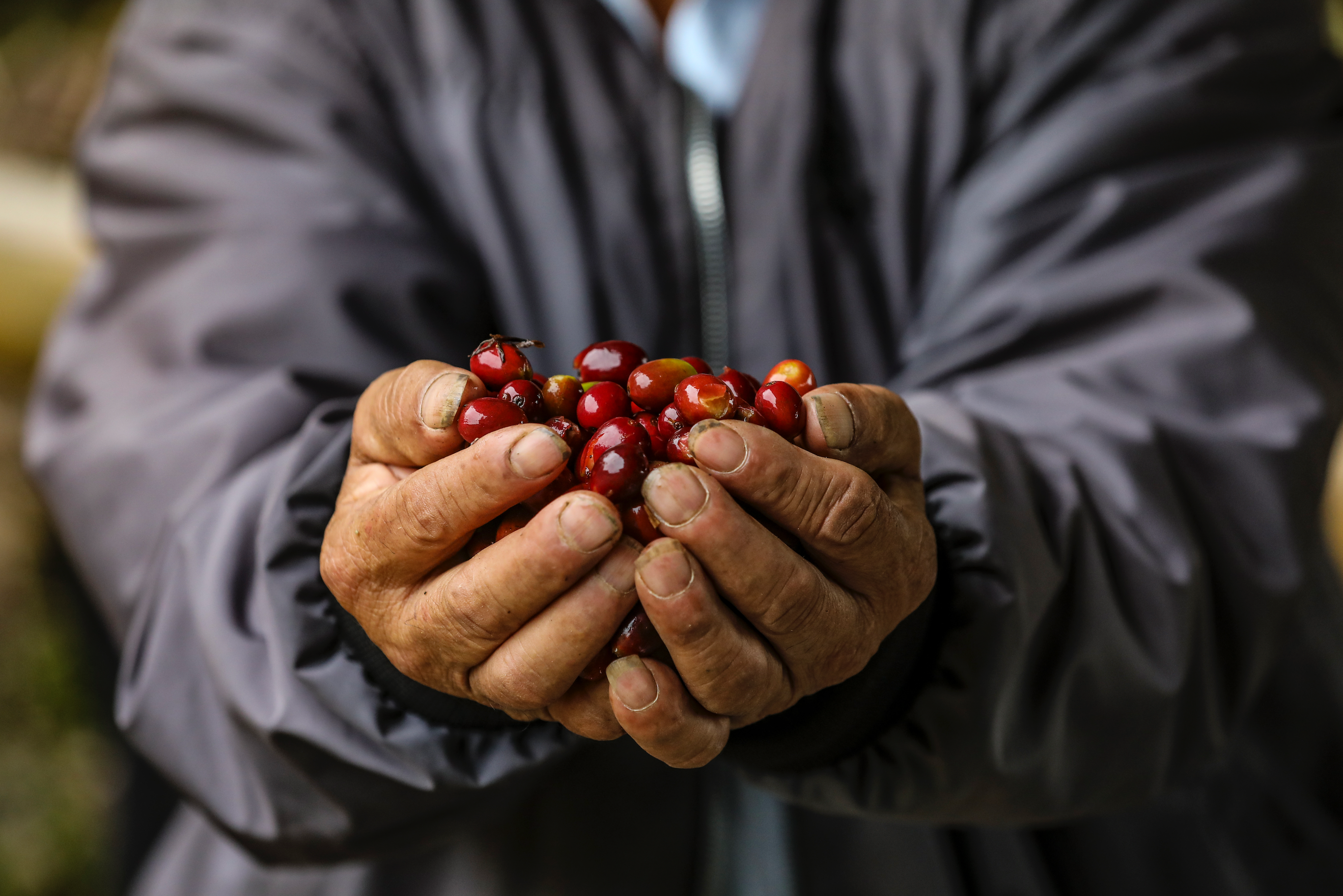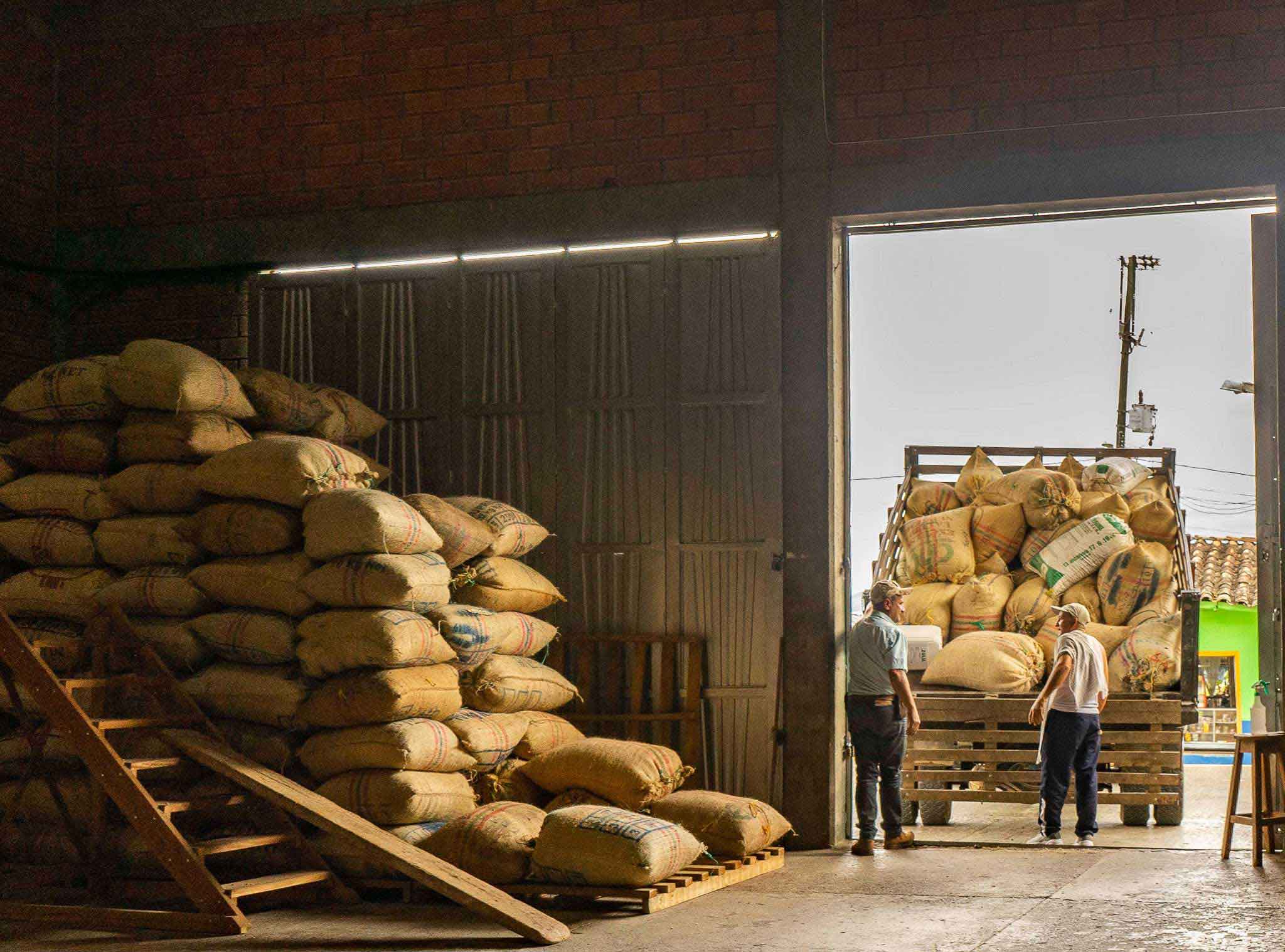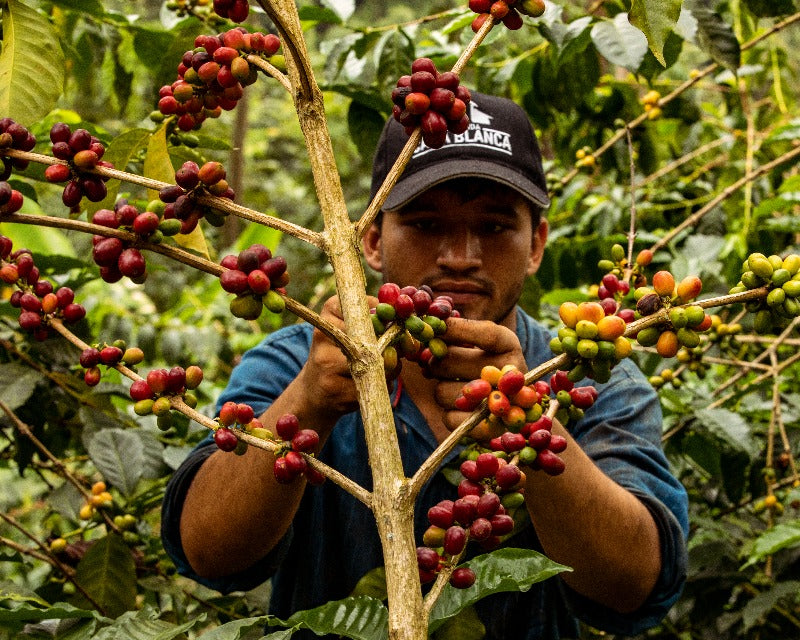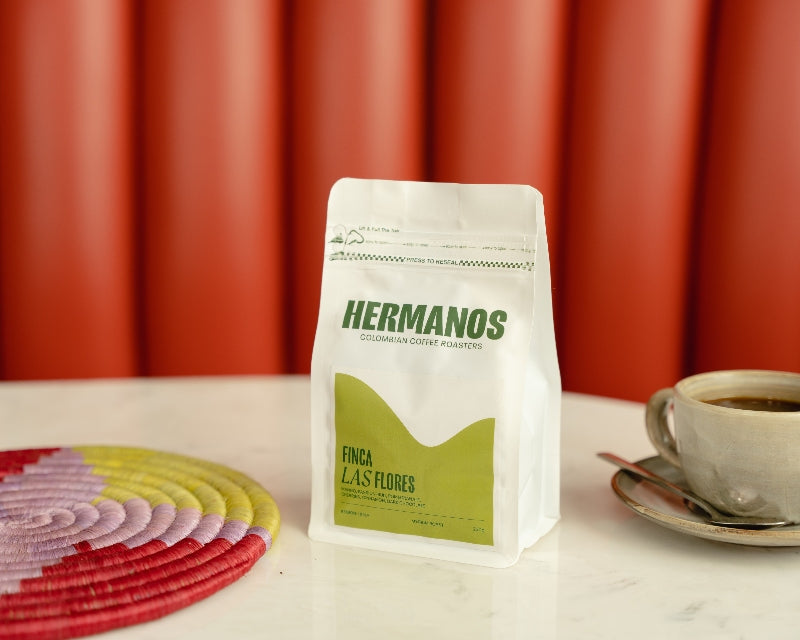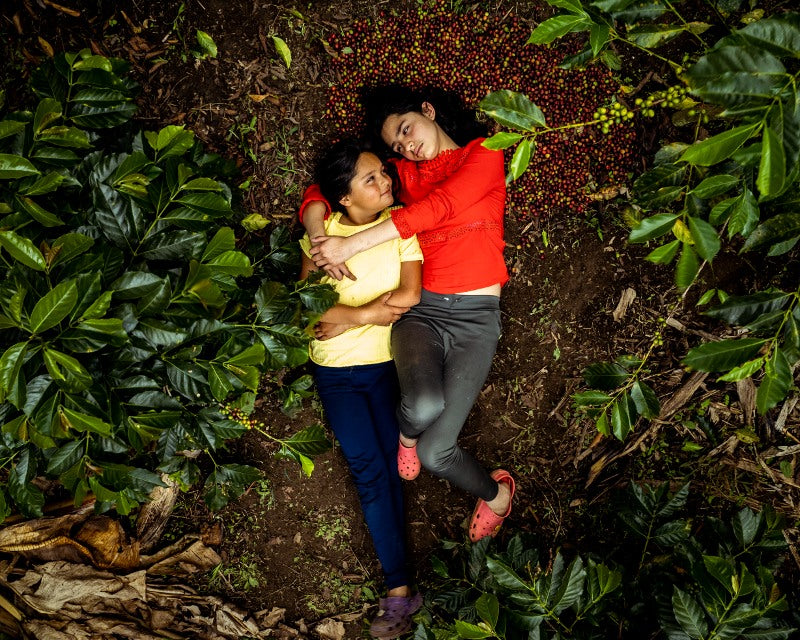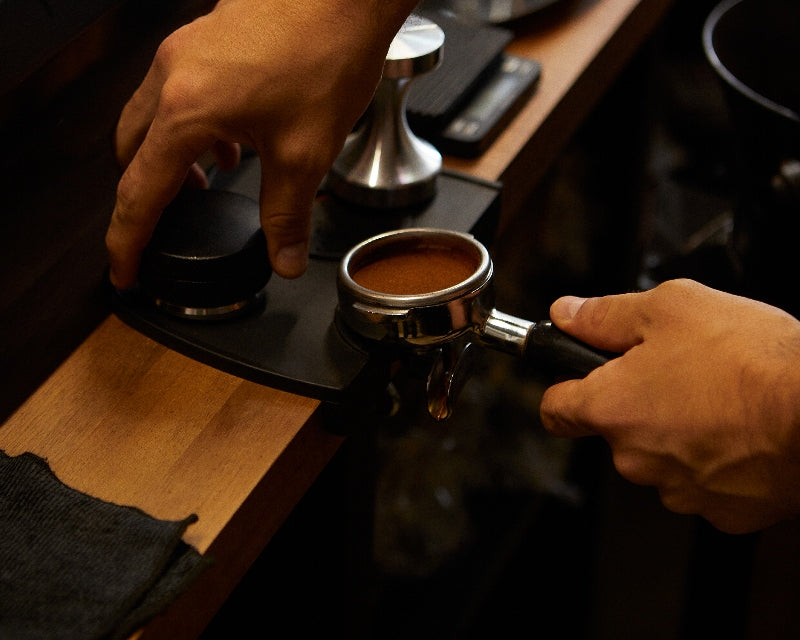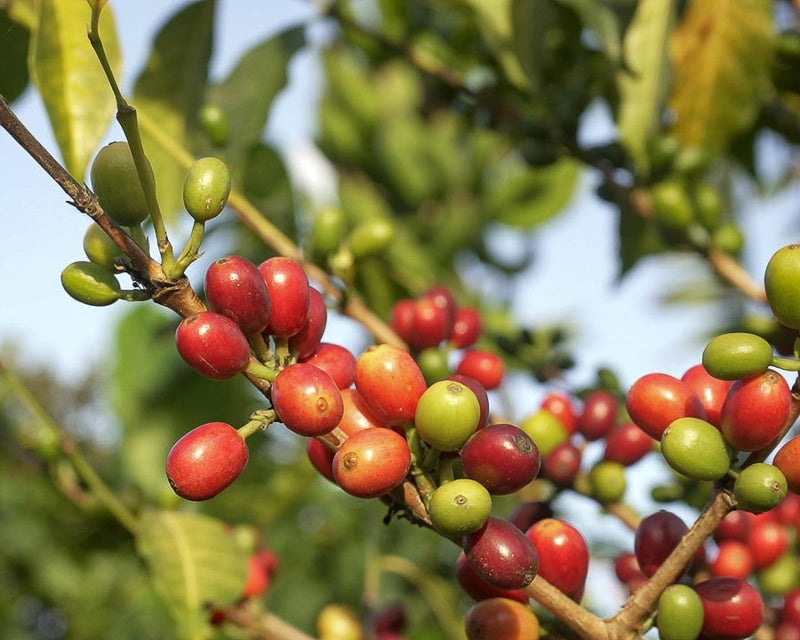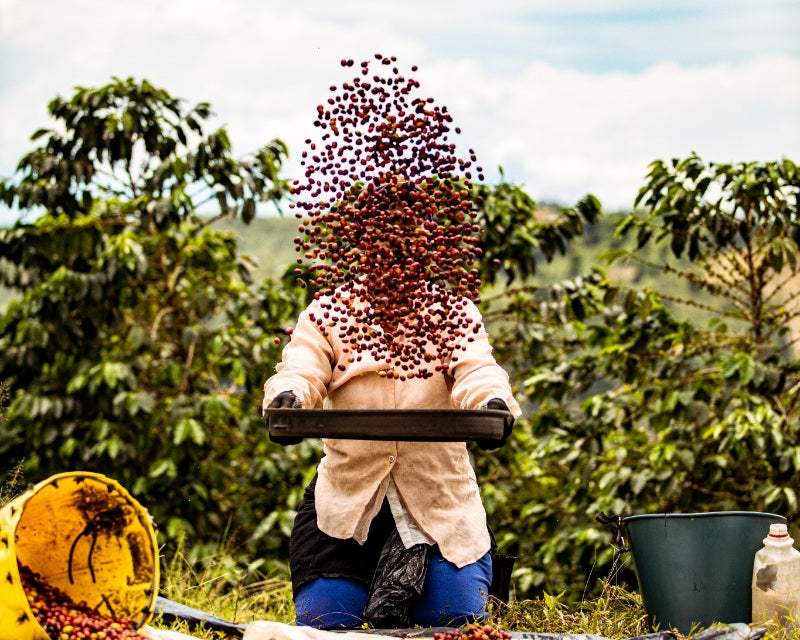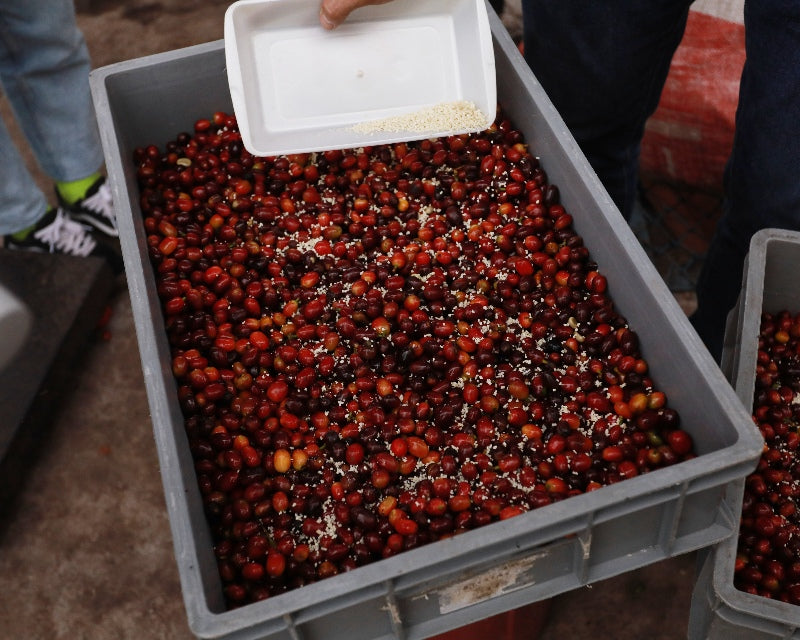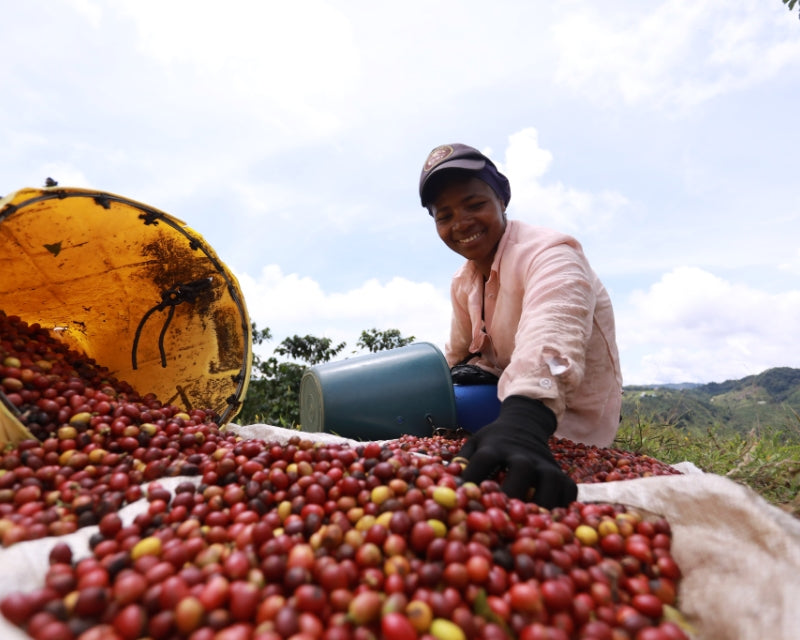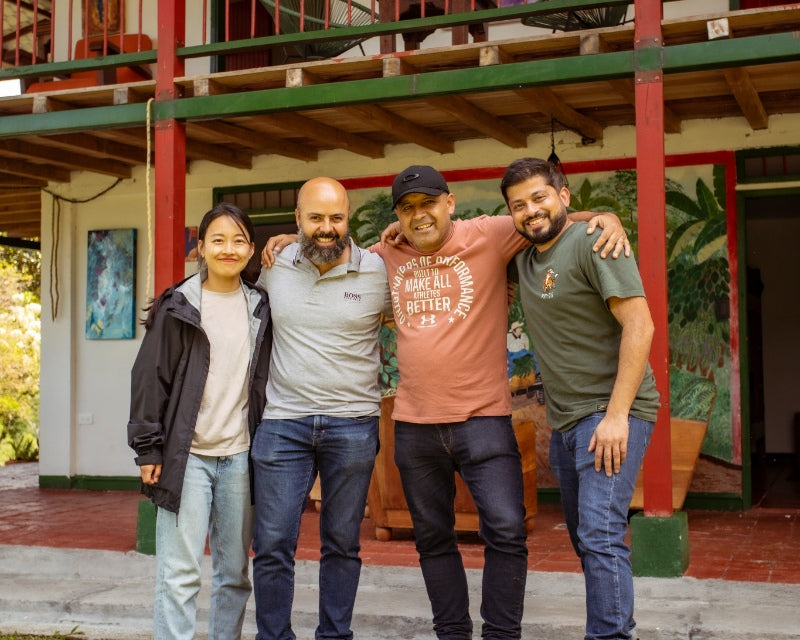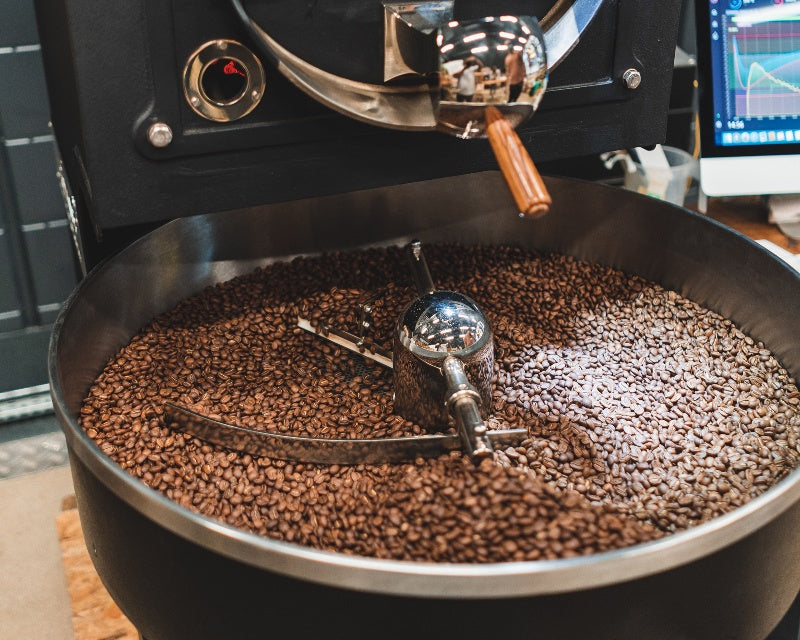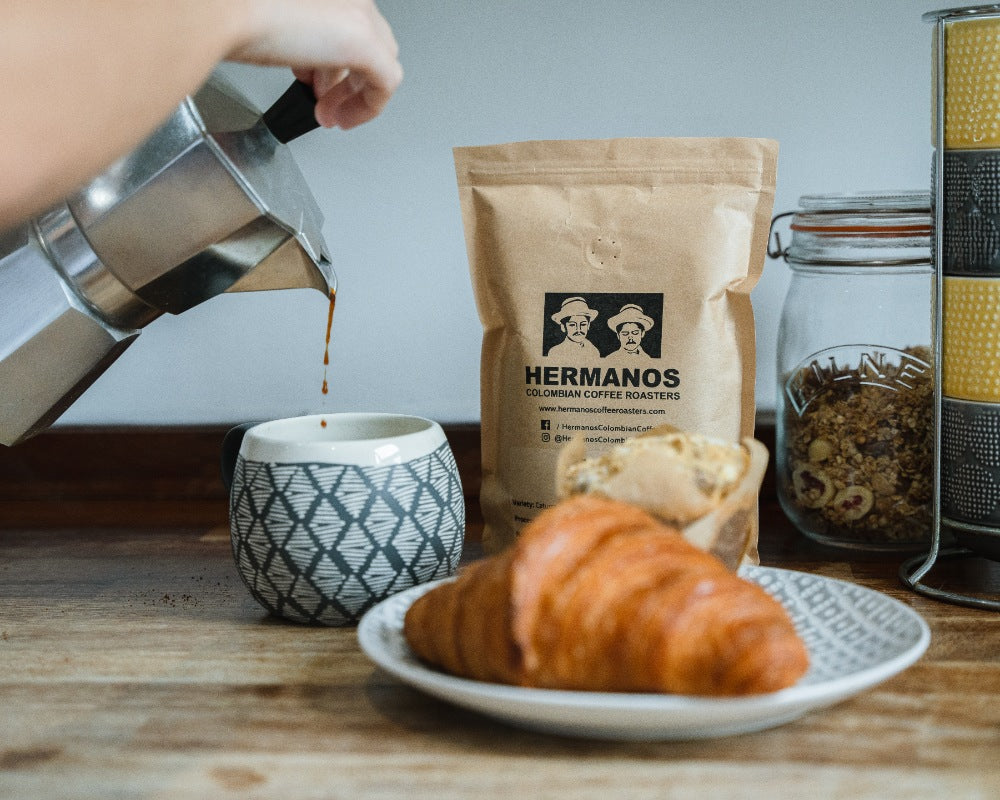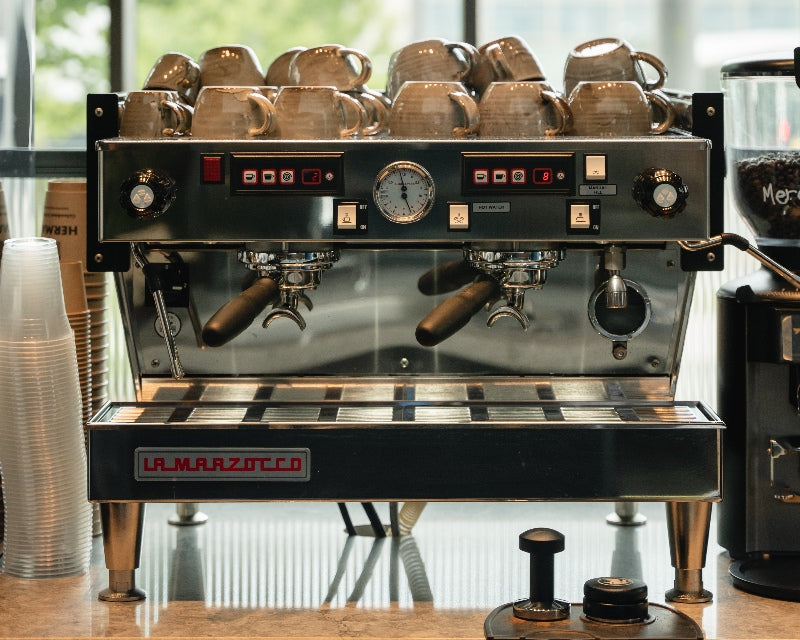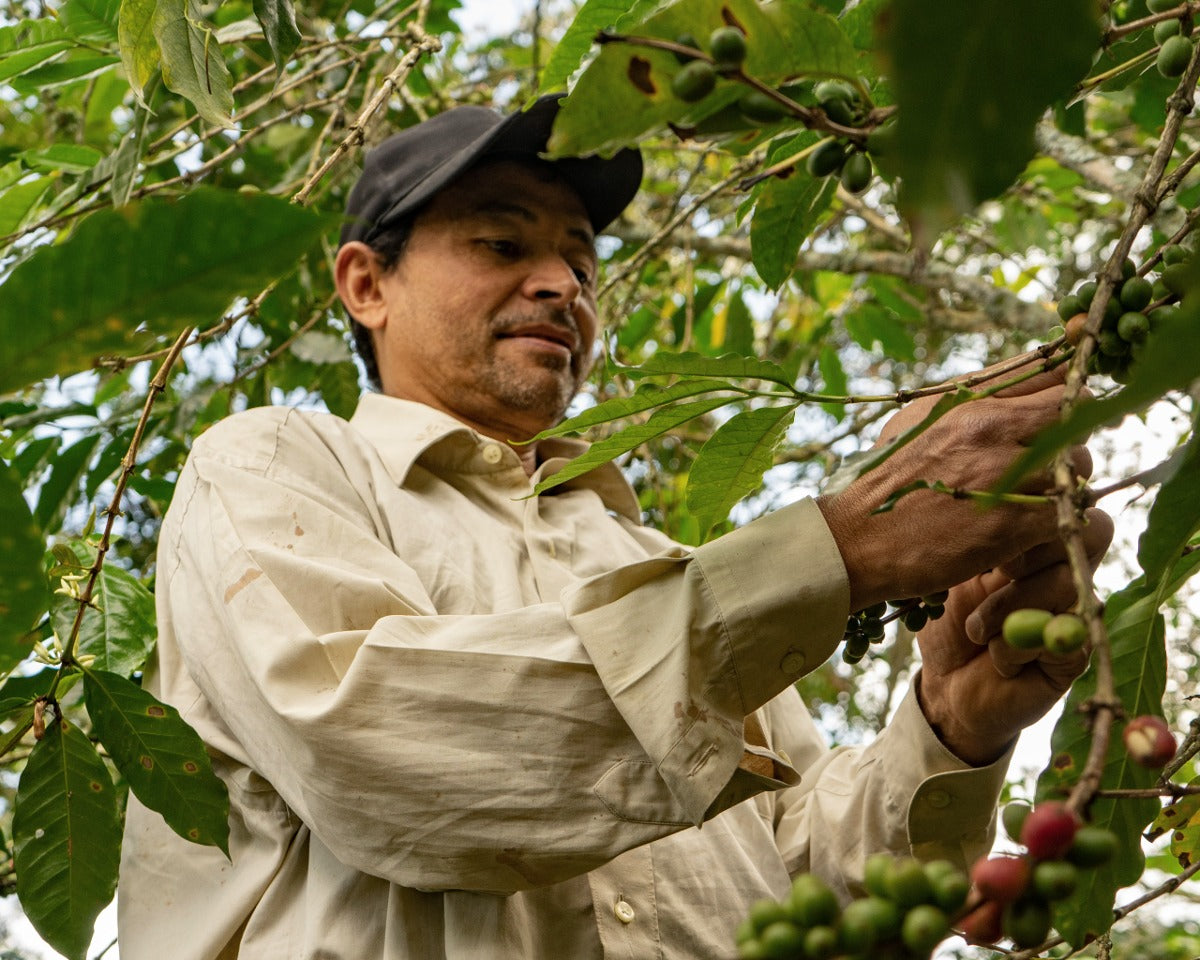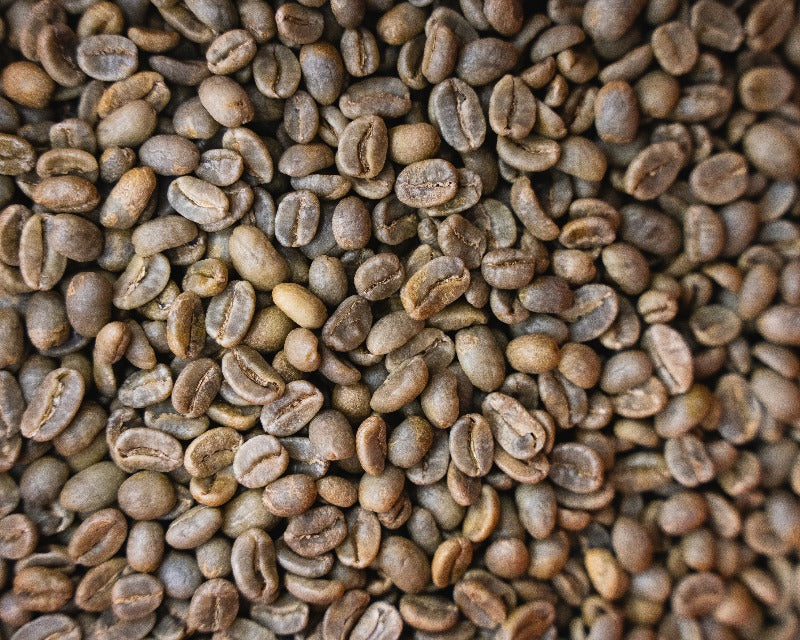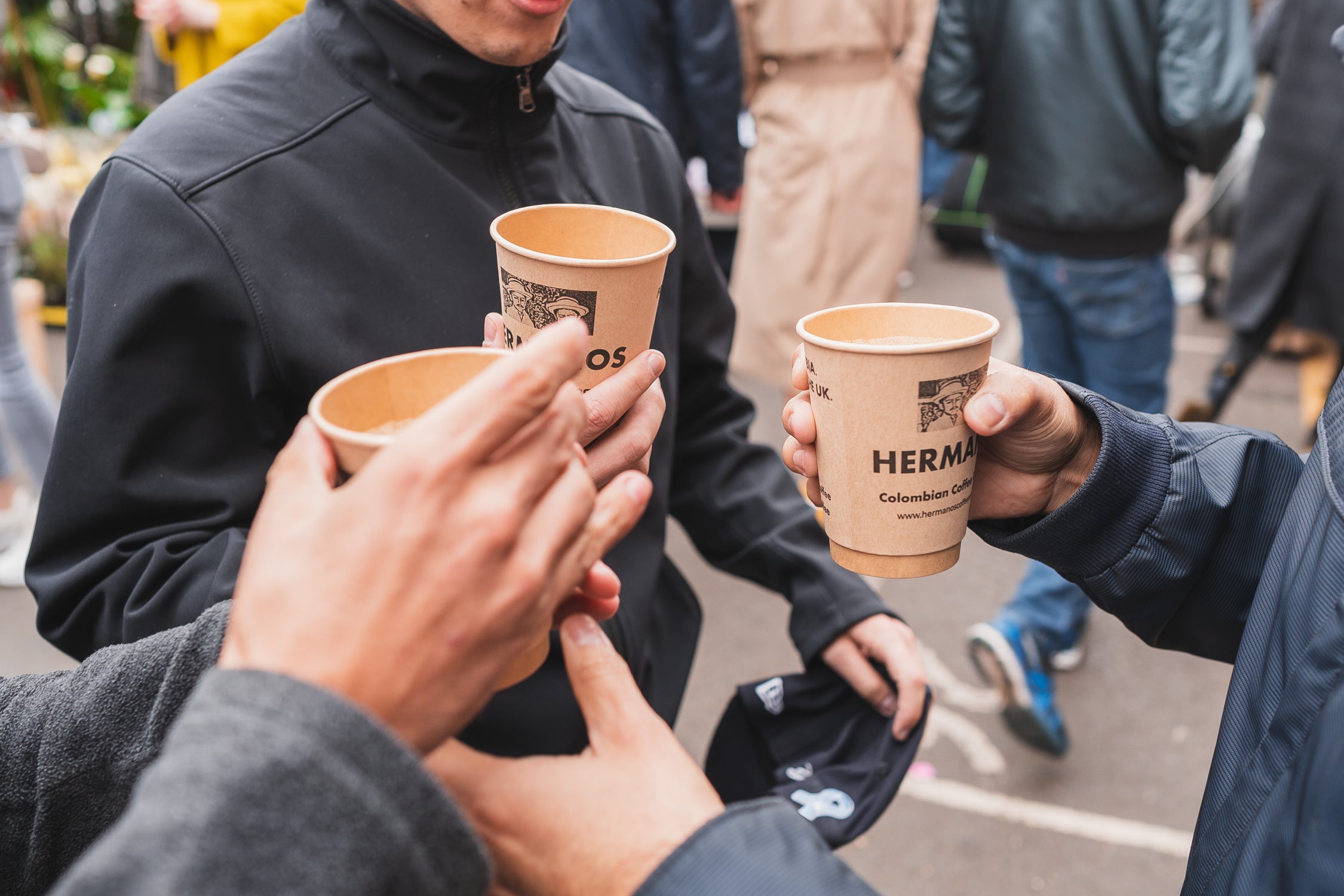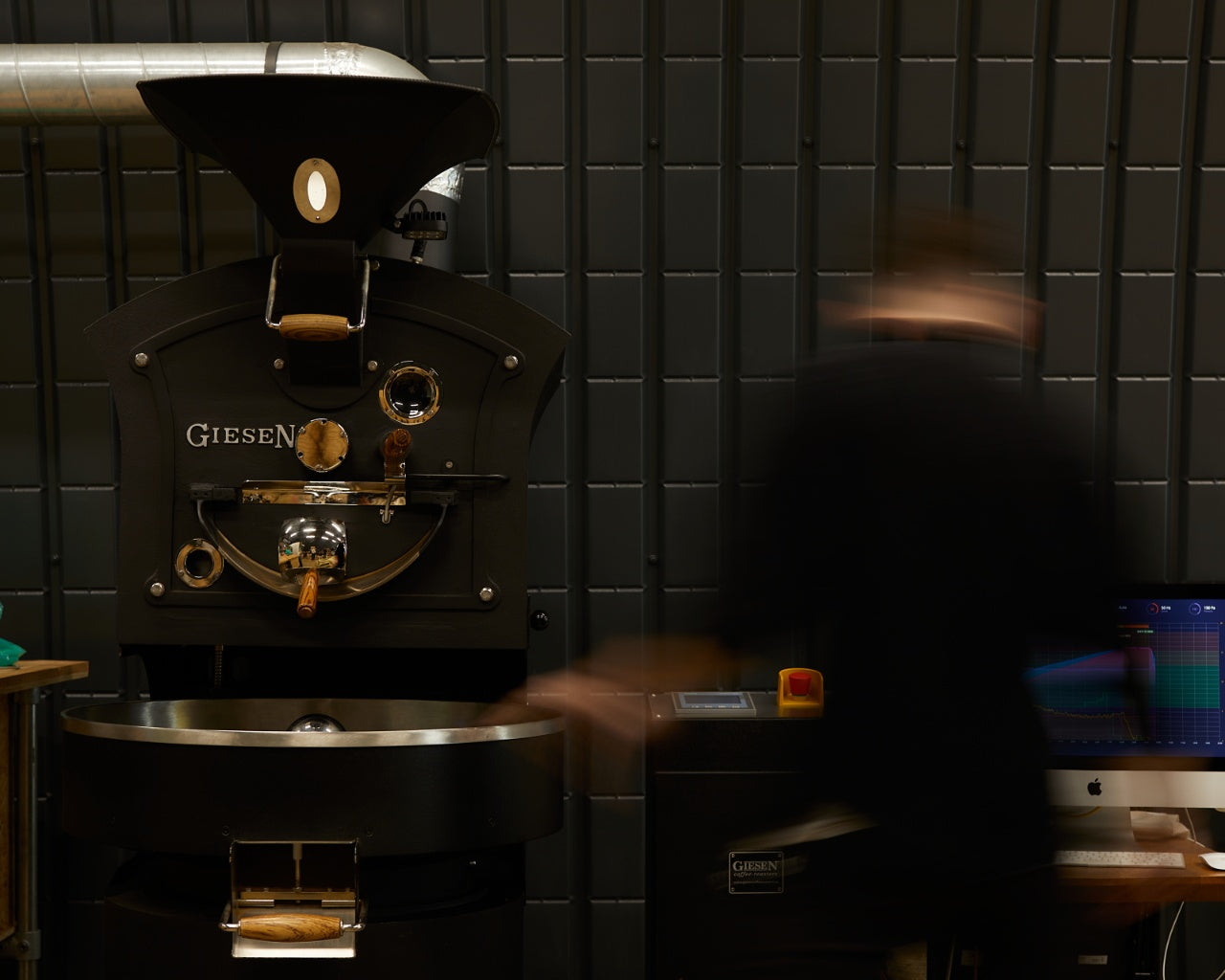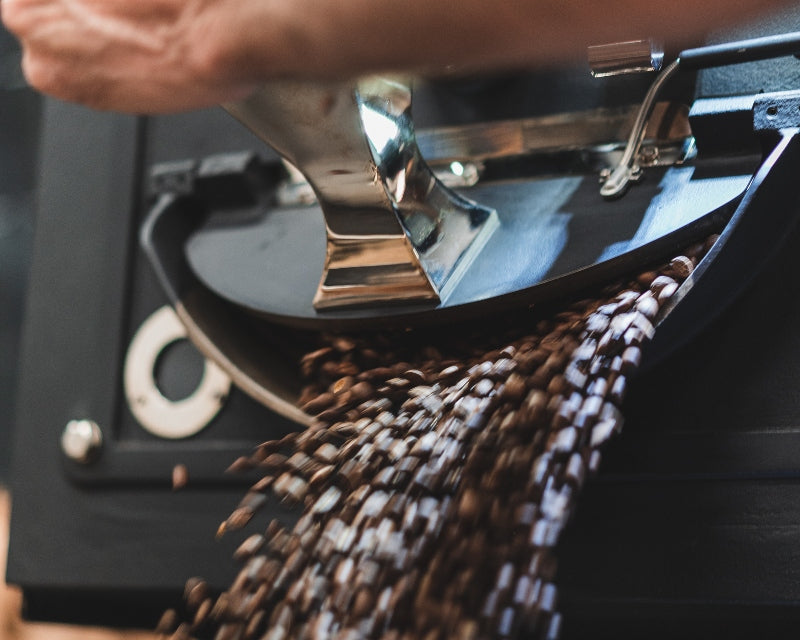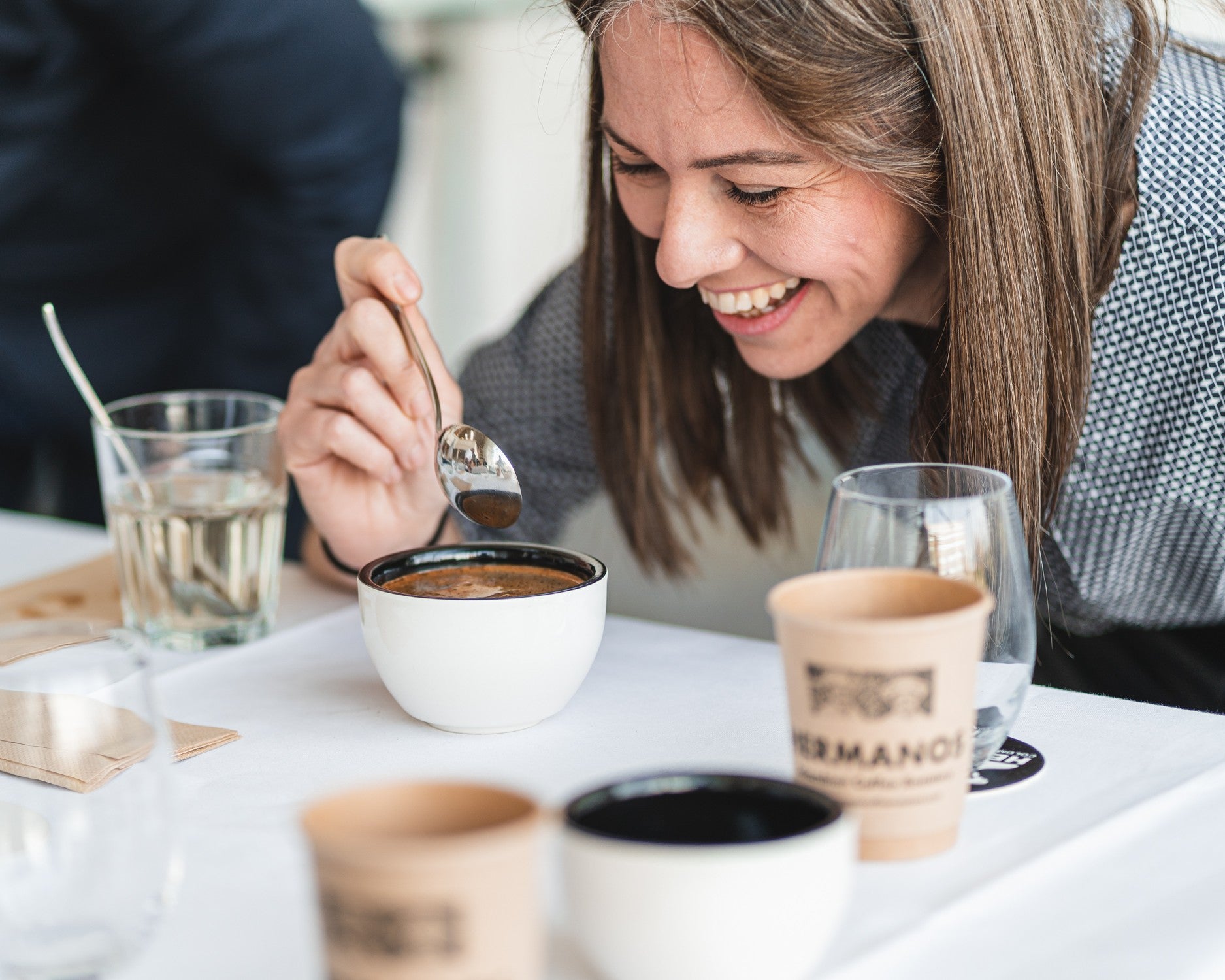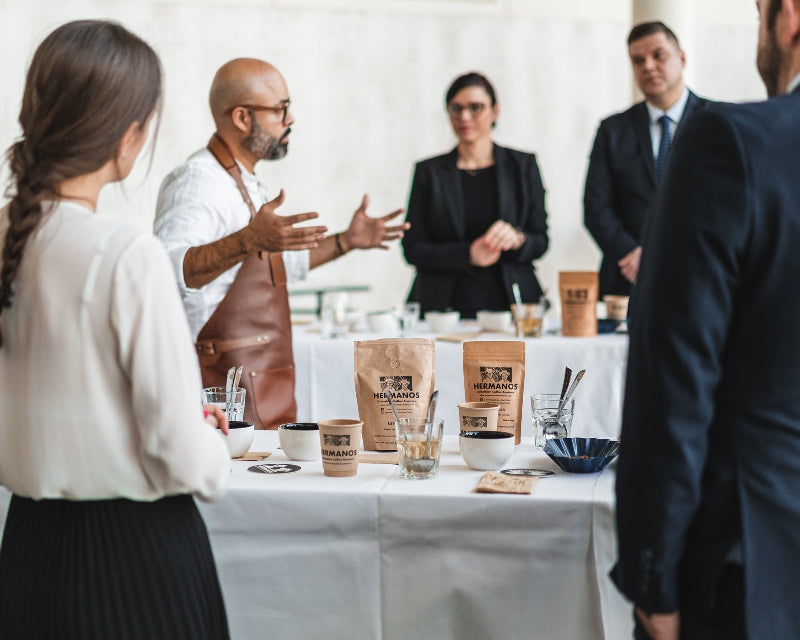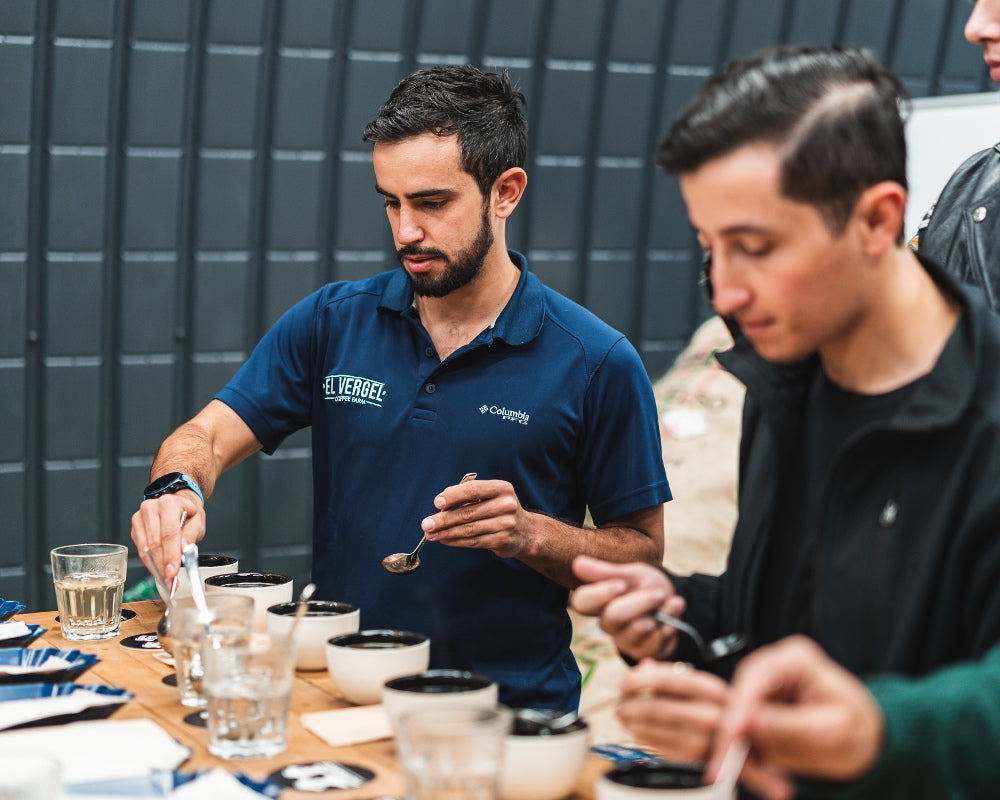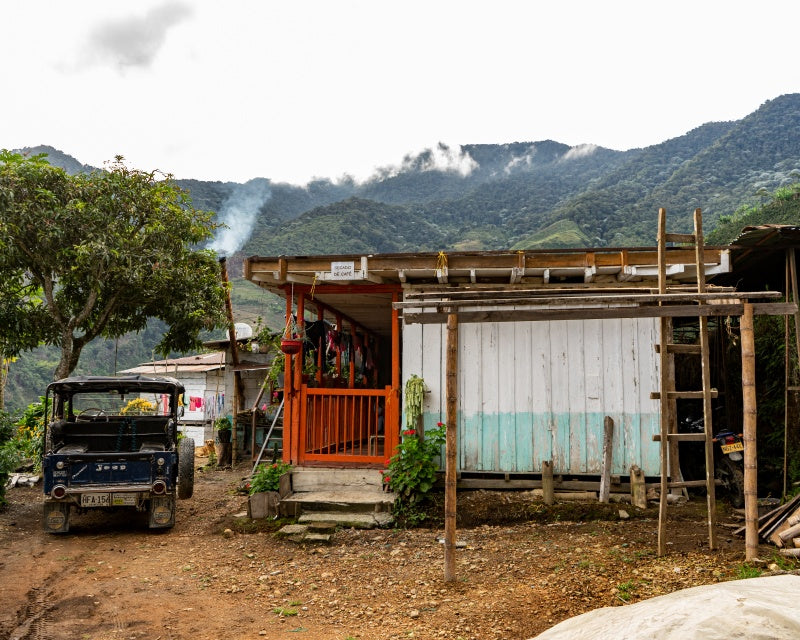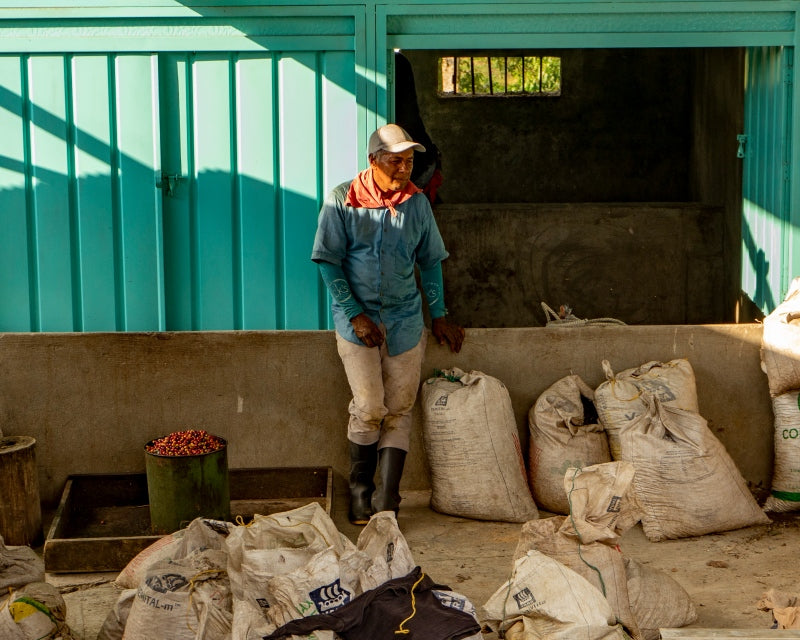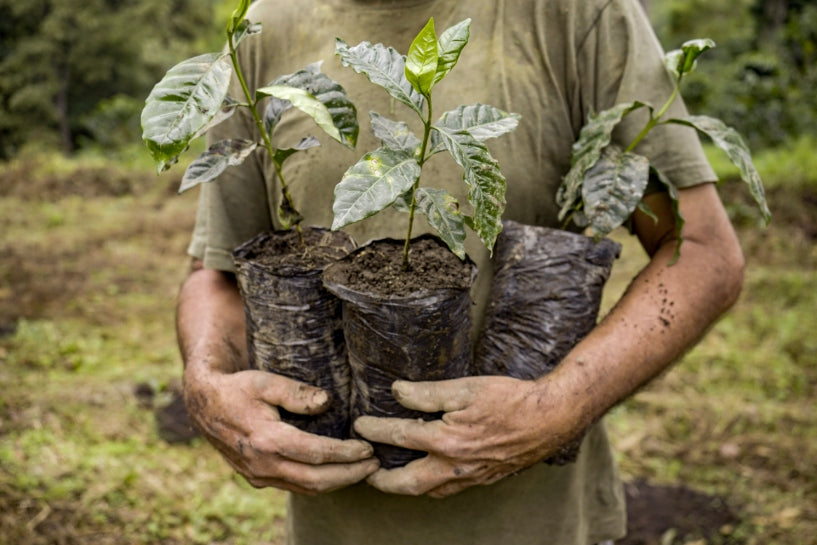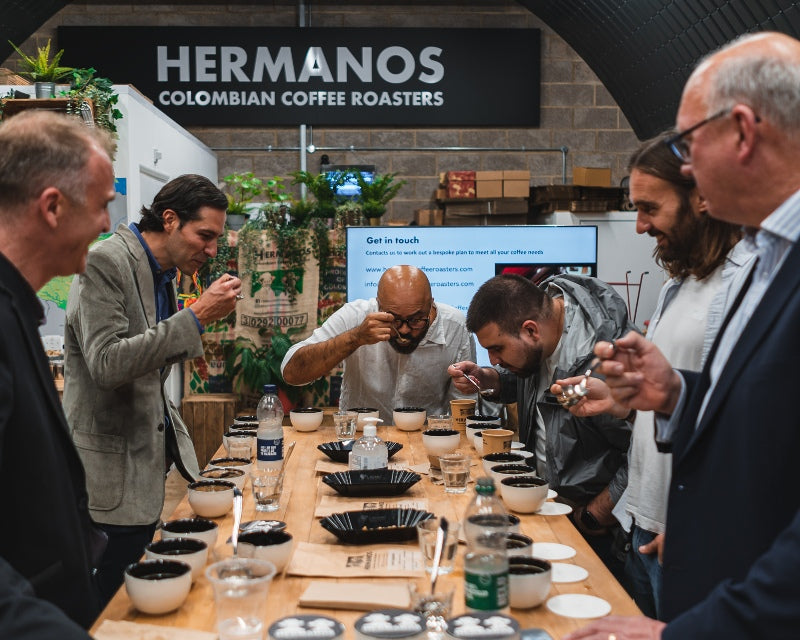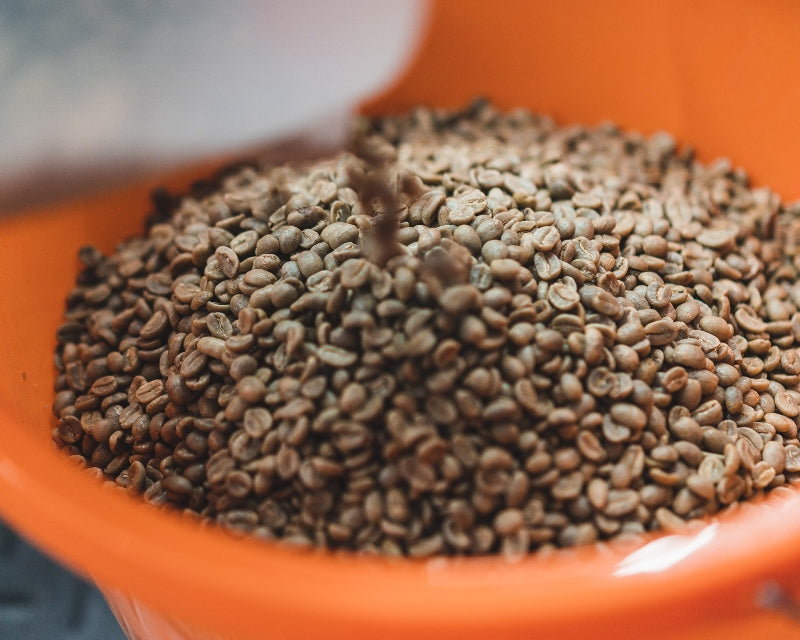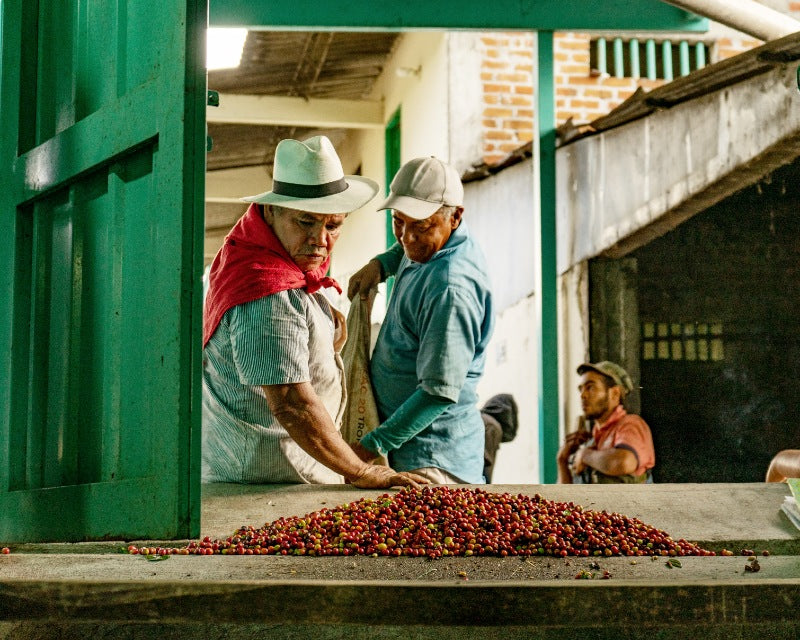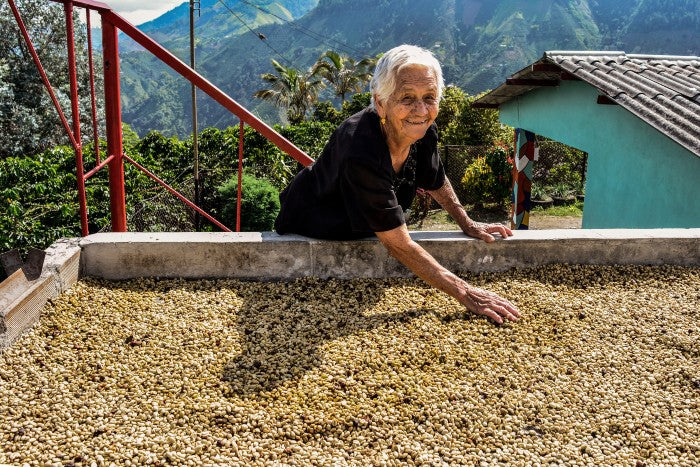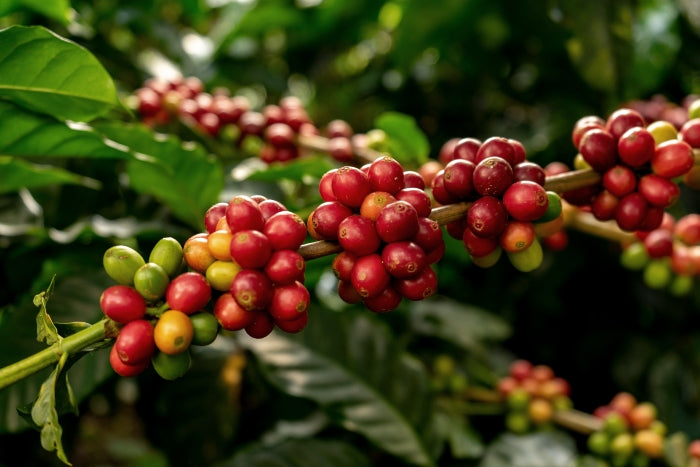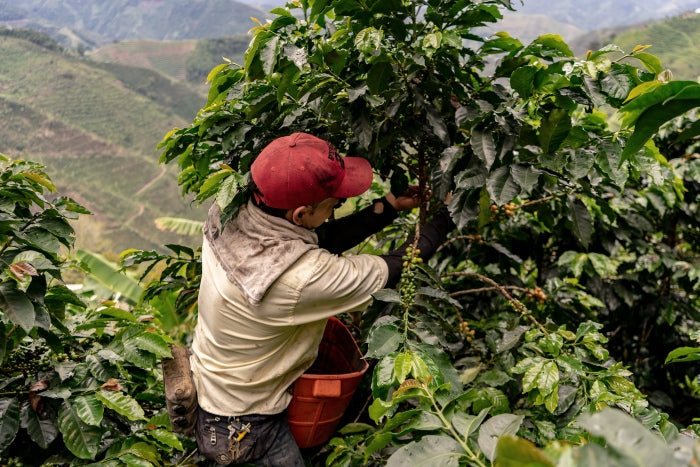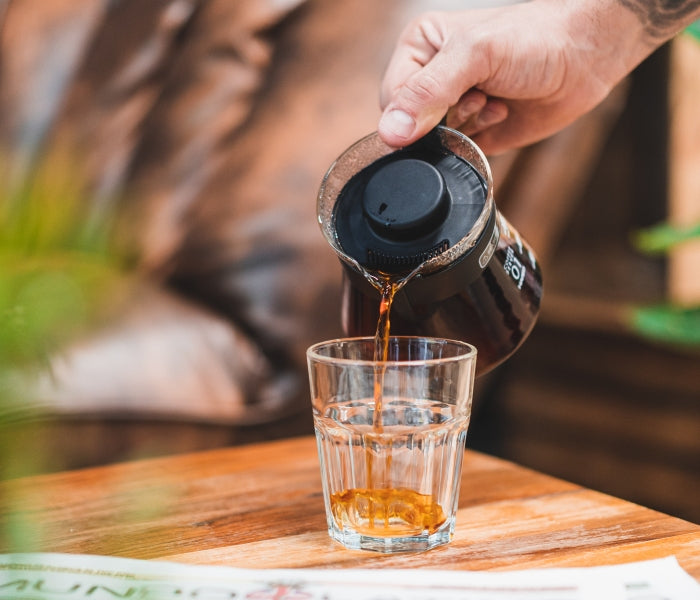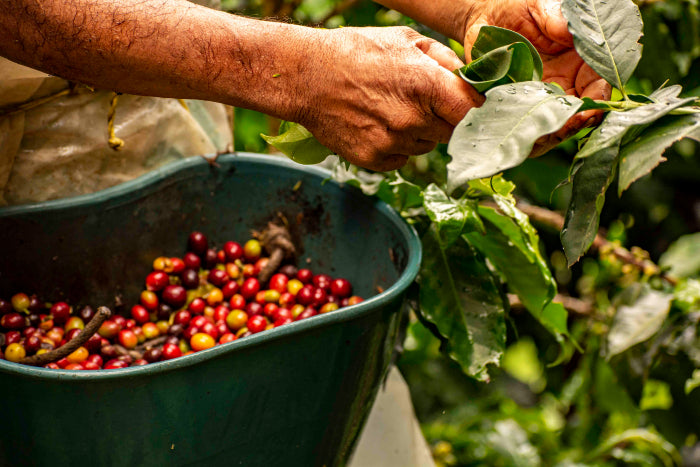The chances are that you have already tried coffee from Colombia and coffee from Brazil, whether it be single-origin or blended with coffees from other origins. They are two of the most famous coffee-producing countries in the world, both situated comfortably in the coffee belt (an area surrounding the equator with conditions best suited for growing Arabica beans).
But how similar is Colombian coffee to Brazilian coffee? Despite both countries being in South America and sitting in the coffee belt, they differ vastly from each other. In fact, even coffee from Colombia will taste completely different from region to region, depending on factors like growing conditions, altitude, and climate.
We’ll delve into the similarities and differences between Colombian and Brazilian coffee, as well as what makes each of them unique, and which we prefer.
An Introduction to South American Coffee

South America is famous for delivering some of the best Arabica coffee in the world, with Brazil accounting for an estimated 40% of the world’s coffee production! Colombia is also one of the globe’s largest producers, alongside Vietnam, Indonesia, and Ethiopia.
Although other South American states, such as Peru, do produce coffee, Colombia and Brazil are best known for it because of the optimal growing conditions of the countries. For example, both boast a lot of mountainous areas, which is perfect as Arabica beans need high elevation to grow.
Colombian coffee and Brazilian coffee do share some attributes, like Bourbon being a popular varietal, prioritising the growth of Arabica beans, and producing certain coffees with similar flavour profiles. However, their differences far outweigh any likeness. It is impossible to homogenise Brazilian and Colombian coffee beans, for the simple reason that the characteristics of beans change so much from farm to farm, let alone from country to country.
Colombian Coffee: The Basics

Colombia has a strong reputation for supplying the world with some of the best specialty Arabica coffee beans, which is largely down to the climate and environment being so suited to coffee growing. Although Colombia is blessed with the ideal growing conditions for Arabica, the country would not have its incredible reputation without the skill and dedication of the farmers to the craft. Thanks to this combination of factors, for 2022/2023, green bean coffee production in Colombia is expected to hit 756 million kilos.
The mountain ranges, rainforests, high humidity levels, and moderate rainfall, combined with the longstanding commitment by farmers to producing coffee makes for incredibly premium, diverse, and eclectic yields of beans, each different from the next due to region, microclimate, and farming methods.
You cannot generalise the flavours or aromas of Colombian coffee beans, but you can notice patterns between different beans that set them apart from coffee grown in other countries. Colombian beans are known for their medium acidity, fruity flavours, sweetness, nuttiness, and citrus aromas. However, this is not to say that any coffee with these characteristics will be Colombian, or that all Colombian coffees will possess these qualities.
Brazilian Coffee: The Basics

Much like Colombia, Brazil is a country famed for its coffee, churning out huge volumes of both Arabica and Robusta beans each year. Green bean coffee production for Brazil is estimated to be at a huge 3.7 billion kilos in 2022/2023. Arabica beans require high elevation to grow, but Robusta can grow in much lower conditions, which is ideal for Brazil, where many coffee-growing farms are in regions of low elevation.
Although flavour profiles differ region to region, Brazilian coffee is known for its low acidity, full body, and dark roast, which makes it most popular for espresso-based drinks. Brazilian beans often have tasting notes of caramel, chocolate, nuts, and spice, and are less on the fruitier side. The less fruity flavour profile and bitter notes sometimes present in coffee from Brazil is due to the higher caffeine content in Robusta beans, and the darker roast profiles that are more common with Robusta.
What Role Does the Environment of the Country Play in Coffee Production?

Environment is a huge determining factor in the flavour profile and quality of coffee beans, and accounts for one of the main differences between Brazilian and Colombian coffee.
Colombia is known for its high altitudes and abundant rainforest, which provide steep elevation and lots of shade and cool temperatures, ideal for growing coffee. The majority of Colombian coffee beans are grown on smallholder farms and on microlots, often passed down from generation to generation. The long standing relationship that a family will have with a specific microclimate and farm enables them to understand how to harness the environment to grow premium coffee.
Each coffee-growing region in Colombia (such as Tolima, Quindio, Huila) has its own climate and growing conditions that will result in a bean with a distinctive flavour profile. No two coffees from Colombia are the same, which is what makes beans from this country so special.
The environment in Brazil is a little different to that of its neighbour. Brazil does not have as many areas of high elevation or shade suitable for coffee cultivation, which poses a challenge for coffee farmers. To overcome the less optimal conditions, many producers grow Robusta as well as Arabica beans, and sell their yields as blends rather than single varietals.
Colombia is known for its high altitudes and abundant rainforest, which provide steep elevation and lots of shade and cool temperatures, ideal for growing coffee.
How Do the Flavour Profiles of Brazilian and Colombian Coffee Differ?

There is a misconception that coffee grown in a particular region of the world will all taste similar, but this couldn’t be further from the truth. The flavour profile of a coffee can differ wildly even from state to state within the same country.
Having said that, there are some likenesses which can be used to describe Brazilian and Colombian coffee beans, respectively. Coffee from Brazil generally has a heavier body and darker flavour, in part due to the fact that it is often roasted until dark, unlike Colombian coffee.
Some common tasting notes that you might pick up on when drinking Brazilian beans are:
-
Spice
-
Honey
-
Nuts
-
Chocolate
-
Low acidity
-
High sweetness
Colombian coffee is very diverse and difficult to generalise, but there are some overarching themes that can be pointed out. For example, coffee from Colombia is known for its high acidity and light, fruity, flavours. This is also why, in addition to being great for espresso-based drinks, Colombian beans are more often used for filter and pour over brews. They work perfectly with brewing methods that allow the natural flavours of the coffee to shine.
Some of the tasting notes that can be pulled out from many Colombian coffee beans include sweet and chocolatey flavours, caramel, nuts, citrus fruits, berries and stone fruits, and hints of spice.
Discover Our Range Of Colombian Coffee Beans
Roasting and Brewing Considerations

Both Brazilian and Colombian coffee beans are used for espresso-based drinks and filter coffee, although beans from Brazil are more likely to be used for espresso, a dark-roasted blend of Robusta and Arabica. Most Brazilian coffee beans are sold as blends, whereas you’ll see a lot of Colombian coffee being sold as single-origins, from specific farms or microlots.
A lot of Colombian coffee beans are either light or medium roasts, which makes them particularly suited to being used with pour over brewing methods, such as a V60 or Chemex. Darker Brazilian roasts are better for espresso-based drinks, especially if blended with Robusta, which is often too bitter or harsh for filter methods.
When brewing either Brazilian or Colombian coffee, always check the packaging to see if there are any specific brewing instructions or recommendations. Some coffee roasteries will provide an ‘at-home’ guide with advice on how to best brew their beans.
The Hermanos Brew At Home Guide
Colombian Coffee versus Brazilian Coffee: Which Do We Prefer?

Being a Colombian coffee roastery, we are always going to sing the praises of Colombian coffee. It is incredibly diverse, produced by innovative and forward-thinking farmers, and is unparalleled in terms of flavour when brewed. However, this is not to say that Brazilian coffee is not also delicious and great if you prefer blends, enjoy Robusta beans, and like a heavier flavour profile.
Each coffee bean that we stock at Hermanos provides unique and interesting tasting notes, and has a story behind it. With all of our offerings being single-origin coffees, you can learn exactly where your morning brew originated, who the farmer is and what their values are, and be assured that you’re supporting a local Colombian community.
Learn What Makes Colombian Coffee So Special







